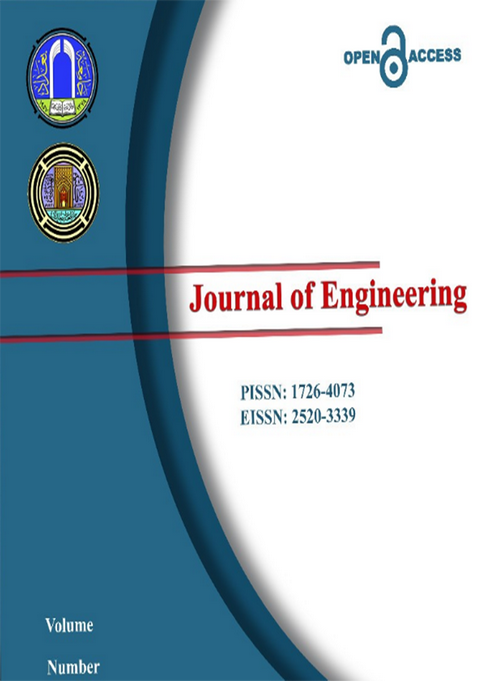Abstract
In this study, a genetic algorithm (GA) is used to detect damage in curved beam model, stiffness as well
as mass matrices of the curved beam elements is formulated using Hamilton's principle. Each node of the
curved beam element possesses seven degrees of freedom including the warping degree of freedom. The
curved beam element had been derived based on the Kang and Yoo’s thin-walled curved beam theory. The
identification of damage is formulated as an optimization problem, binary and continuous genetic algorithms
(BGA, CGA) are used to detect and locate the damage using two objective functions (change in natural frequencies, Modal Assurance Criterion MAC).
The results show the objective function based on change in natural frequency is the best objective and no
error was recorded in prediction of location and small error in detecting damage value. Also the result show
that the genetic algorithm method are efficient indicating and quantifying single and multiple damage with
high precision, and the prediction error for the CGA are less than corresponding value for the BGA
as mass matrices of the curved beam elements is formulated using Hamilton's principle. Each node of the
curved beam element possesses seven degrees of freedom including the warping degree of freedom. The
curved beam element had been derived based on the Kang and Yoo’s thin-walled curved beam theory. The
identification of damage is formulated as an optimization problem, binary and continuous genetic algorithms
(BGA, CGA) are used to detect and locate the damage using two objective functions (change in natural frequencies, Modal Assurance Criterion MAC).
The results show the objective function based on change in natural frequency is the best objective and no
error was recorded in prediction of location and small error in detecting damage value. Also the result show
that the genetic algorithm method are efficient indicating and quantifying single and multiple damage with
high precision, and the prediction error for the CGA are less than corresponding value for the BGA
Keywords
curved beam
damage detection
Genetic algorithm
